5 September 1778 Saturday
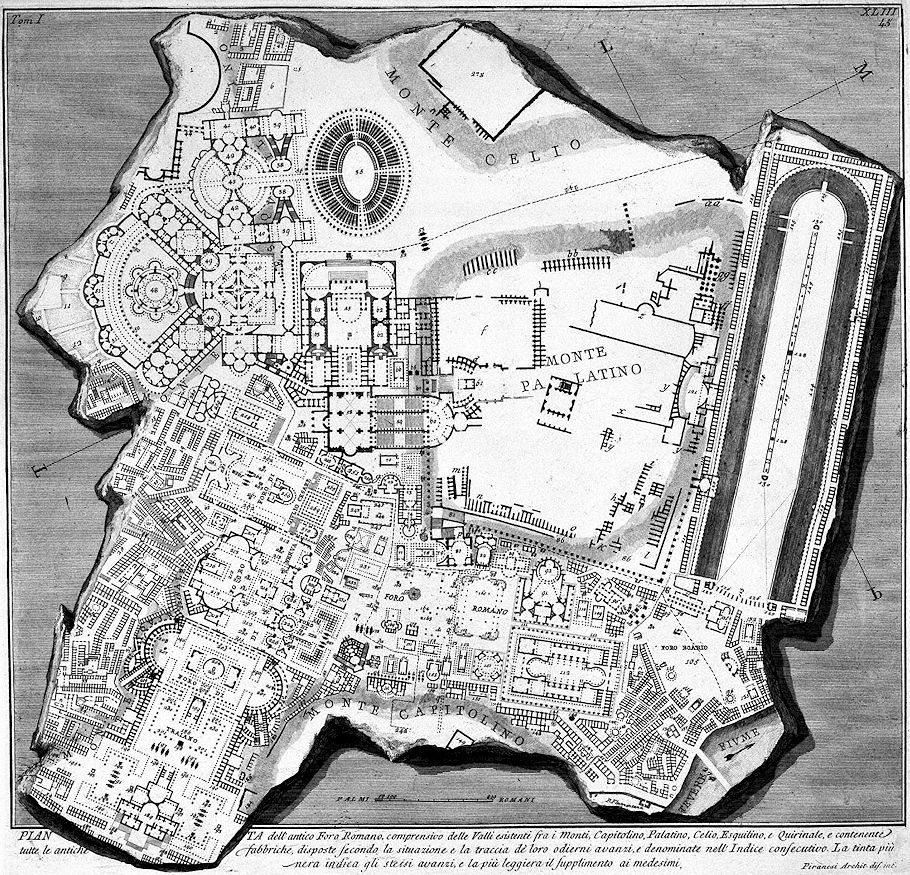
After only one printing, flawless.
Artifacts of the Bianconi vs Piranesi 'Circus of Caracalla' affair 1772-1789
. . . . . .
48 y.o. Francesco Piranesi 1806
Le Antichità della Magna Grecia Parte II
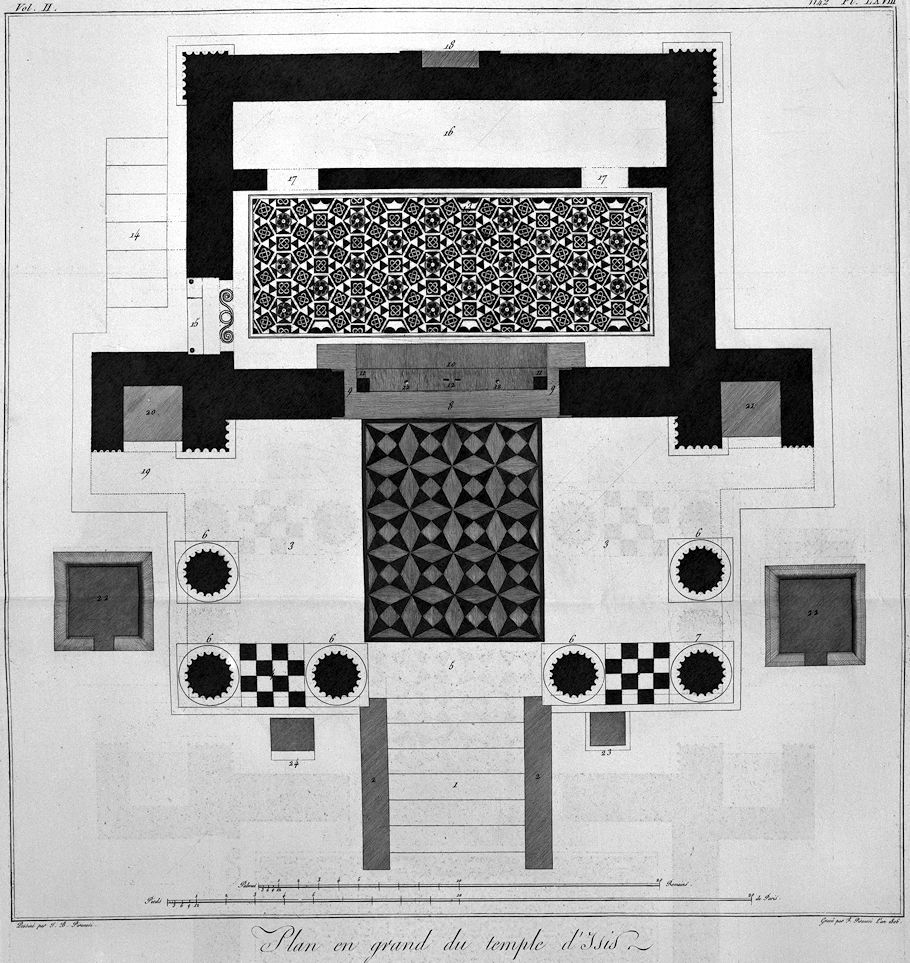
Large plan of the temple of Isis.
Drawn by G.B. Piranesi
Engraved by F. Piranesi Year 1806
5 September 1812 Saturday
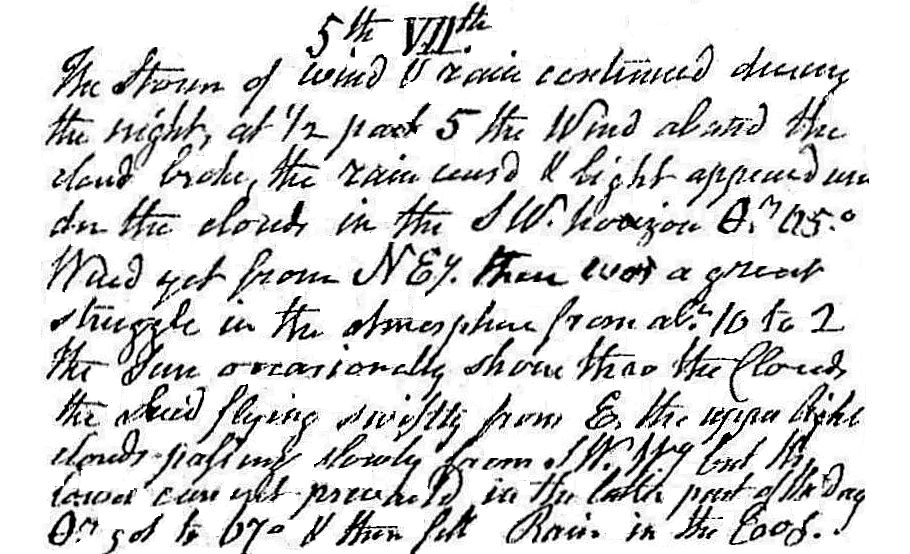
The storm of wind and rain continued during the night. At 1/2 past 5 the wind abated, the clouds broke, the rain ceased, and light appeared under the clouds in the SW horizon. Temperature 65°. Wind yet from N easterly. There was a great struggle in the atmosphere from about 10 to 2. The sun occasionally shone through the clouds. The clouds flying swiftly from E, the upper light clouds passing slowly from SW westerly, but the lower current prevailed in the latter part of the day. Temperature got to 67° and then fell rain in the evening.
5 September 1977 Sunday
There were enough stand-by seats available for all of us, so good-bye to Rome for sure. A five-year-old kid named Cameron sat next to me on the plane. He and his family just vacationed on Capri.
5 September 1997
Campo Marzio - the triumphal way
I just found an article in Ritual on the story/meaning of the Triumphal Way in ancient Rome. I am in the midst of reading it now, so I cannot make any final conclusion. I do now know, however, that the route that Piranesi delineated starts at the altar of Mars and continues as it enters the city at the Porta Triumphant. This makes me have to reconsider the "profane to sacred" architectural promenade, although I will still mention it except as an inversion (Just now--1997.09.11--I realize that the realm of the profane and the sacred did invert itself in Rome with the conversion to Christianity from paganism. Perhaps Piranesi is making a very real commentary on the reversal in ancient Rome's history and its meaning as a city. I am especially thinking of how the temple of Janus sits at one of the ends (beginning?) of Piranesi's Triumphal Way, and this also gives ground to the backward/forward reversal notion. I think I have a full thesis here now.) Perhaps the whole notion of inversion becomes a/the dominant theme that I have to present overall. (We shall see.)
There are many references throughout the article to Rykwert's The Idea of a Town and this reinforces my need to read that book. I am glad to have found all this new information, and it will undoubtedly add to the credibility of what I ultimately write. I only hope I don't continue to find more data that needs to be considered because it seems that I am never going to achieve a sense of completion.
5 September 2001
Cathedral of Tyre -- answers
I found some answers to the questions regarding the Cathedral of Tyre in T.D. Barnes' Constantine And Eusebius pp. 161-62. For brevity's sake, here are the facts:
1. it was Maximinus Daia in Spring/Summer 313 that "granted the right to [re]building churches," and the source for this is in Eusebius Ecclesiastical History Book 9.
2. Eusebius "in a speech which forms the greater part of Book Ten of the History; he delivered the speech in Tyre about 315, when the rebuilt basilica was dedicated."
I think it is now safe to say that the rebuilt Cathedral of Tyre should not be directly attributed to Constantine. This then seems to open further implication that the churches Constantine IS responsible for are of a distinct set of churches that are special because of their unprecedented Imperial initiation and funding.
5 September 2003
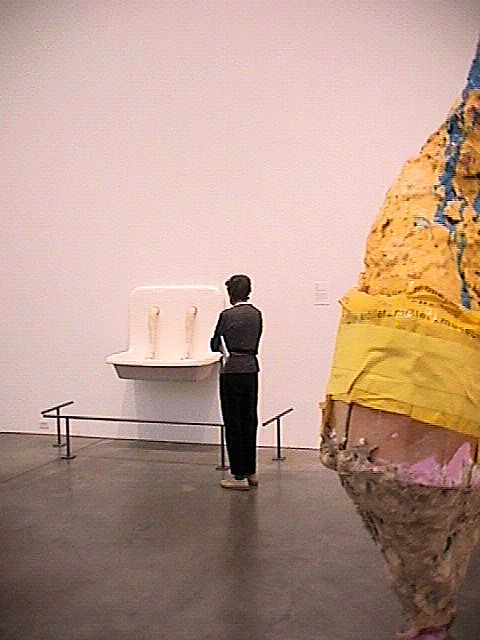 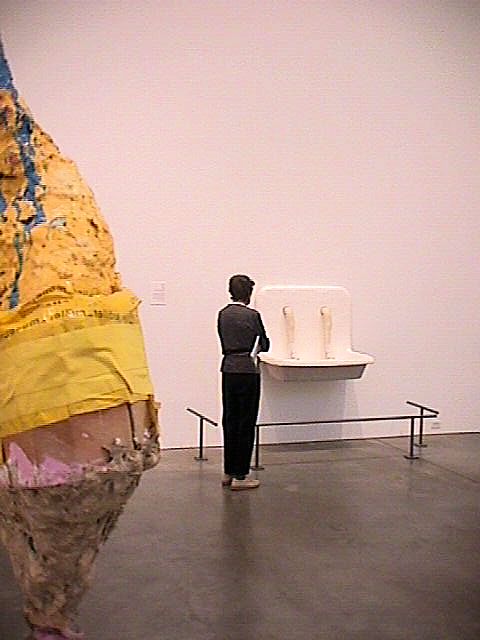
Virtual Museum 007
5 September 2014
Why Modern Architecture Struggles to Inspire Catholics
Interestingly, the Roman Catholic Church I grew up within was very much a deterministic clockwork machine (for collecting tax-free dollars, among other things).
Why Modern Architecture Struggles to Inspire Catholics
I walk in the woods for about an hour almost daily year-round. I've been doing it for almost three years now, and my appreciation of the beauty of the woods at this point in my life far surpasses anything I may have felt as a child. That being said, I've never liked the Fay Jones chapel, and it never occurred to me that that space was evocative of the woods, I think because the real beauty of the woods stems not from 'order' rather from the magnitude of its disorder. In the winter, when the trees are bare of leaves and there's not much sun in the sky, sometimes all you see is a nimiety of lines, I'm guessing thousands upon thousands of disordered lines seen all at once, and, what's fascinating is that among this great multitude and disorder you're still able pick out any individual crocked line. I've often wondered, "Am I seeing over a million different lines right now?" To me (and I rarely use the word because it has become virtually meaningless due to abuse) that's actually awesome.
As I already said, the Fay Jones chapel looks excessive[ly ordered] and un-necessarily busy.
5 September 2017
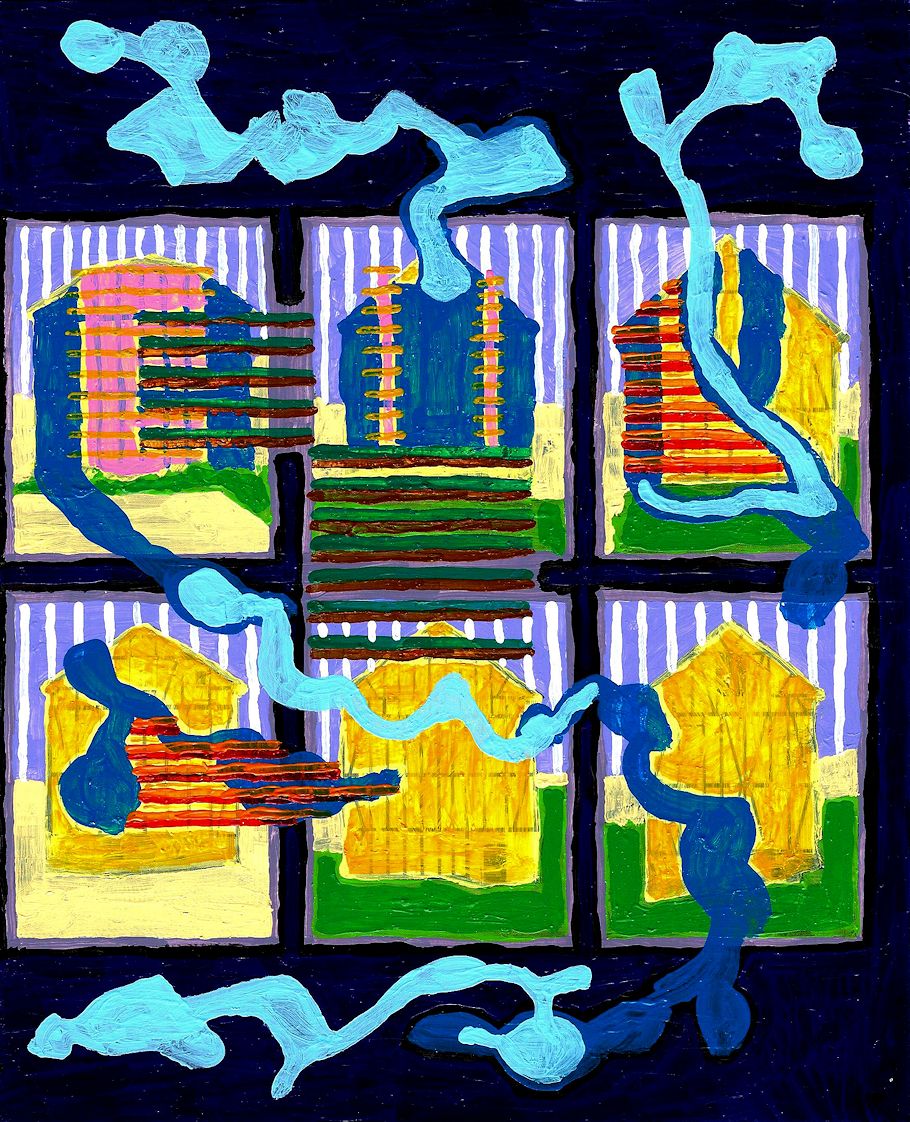
zero eight three
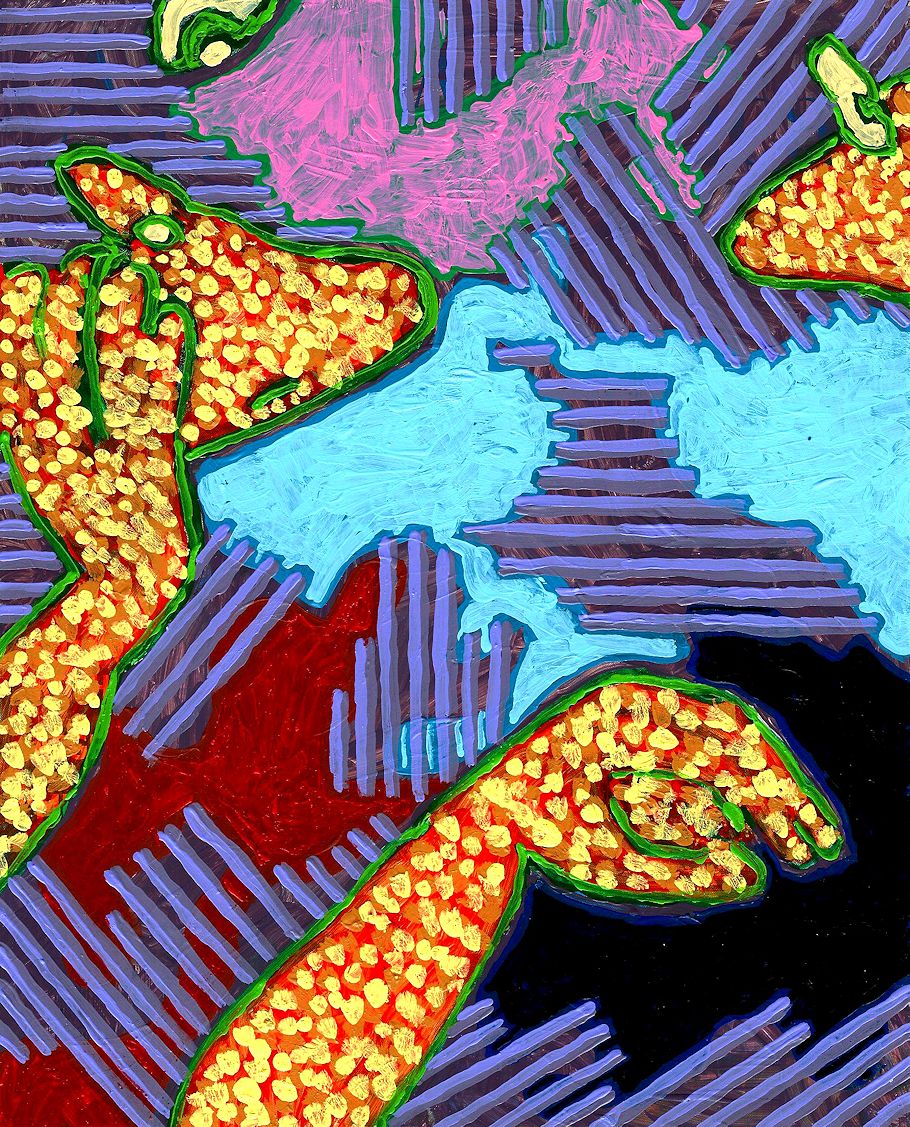
zero eight four
5 September 2021

5 September 2023 Tuesday

|